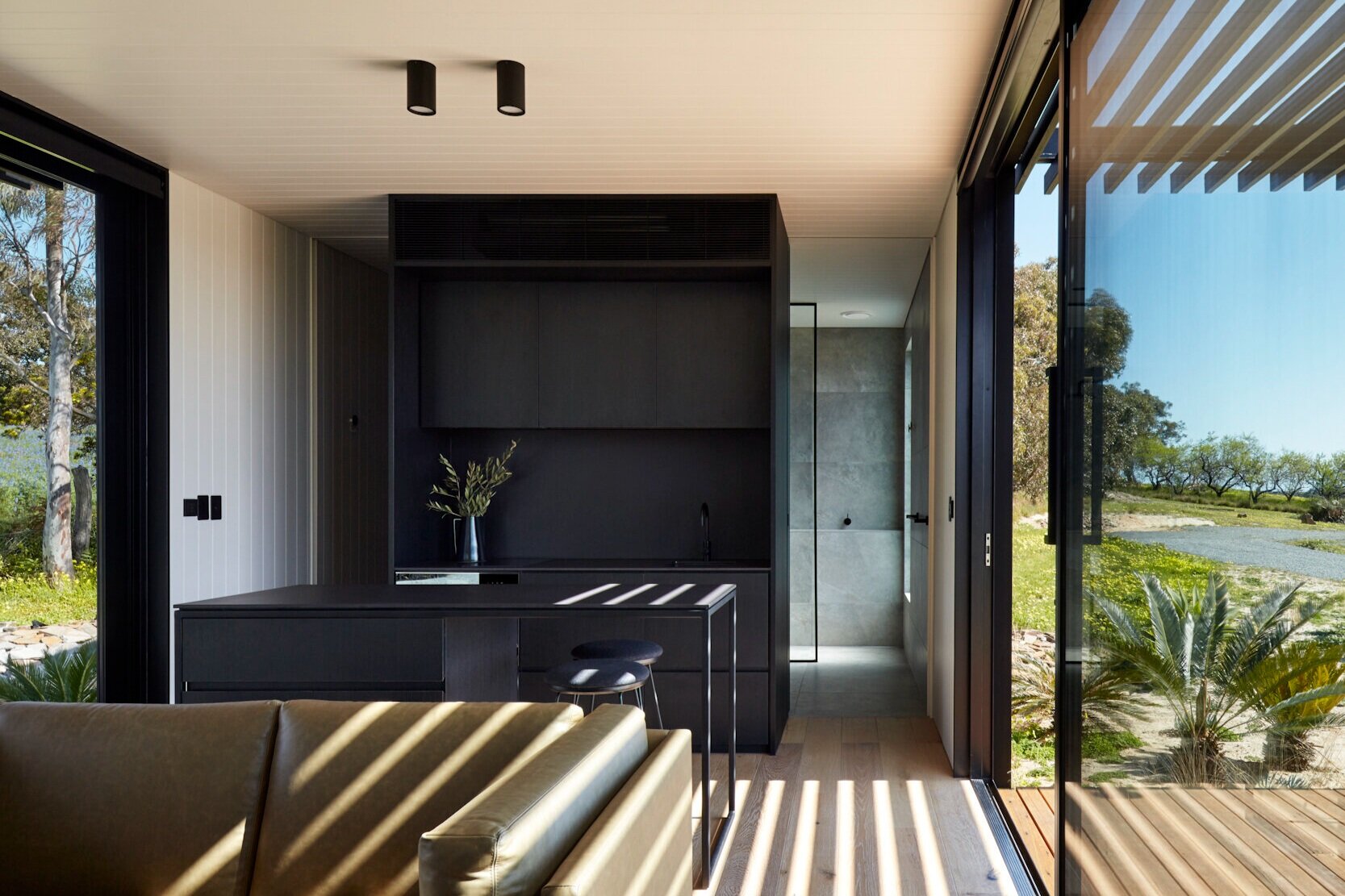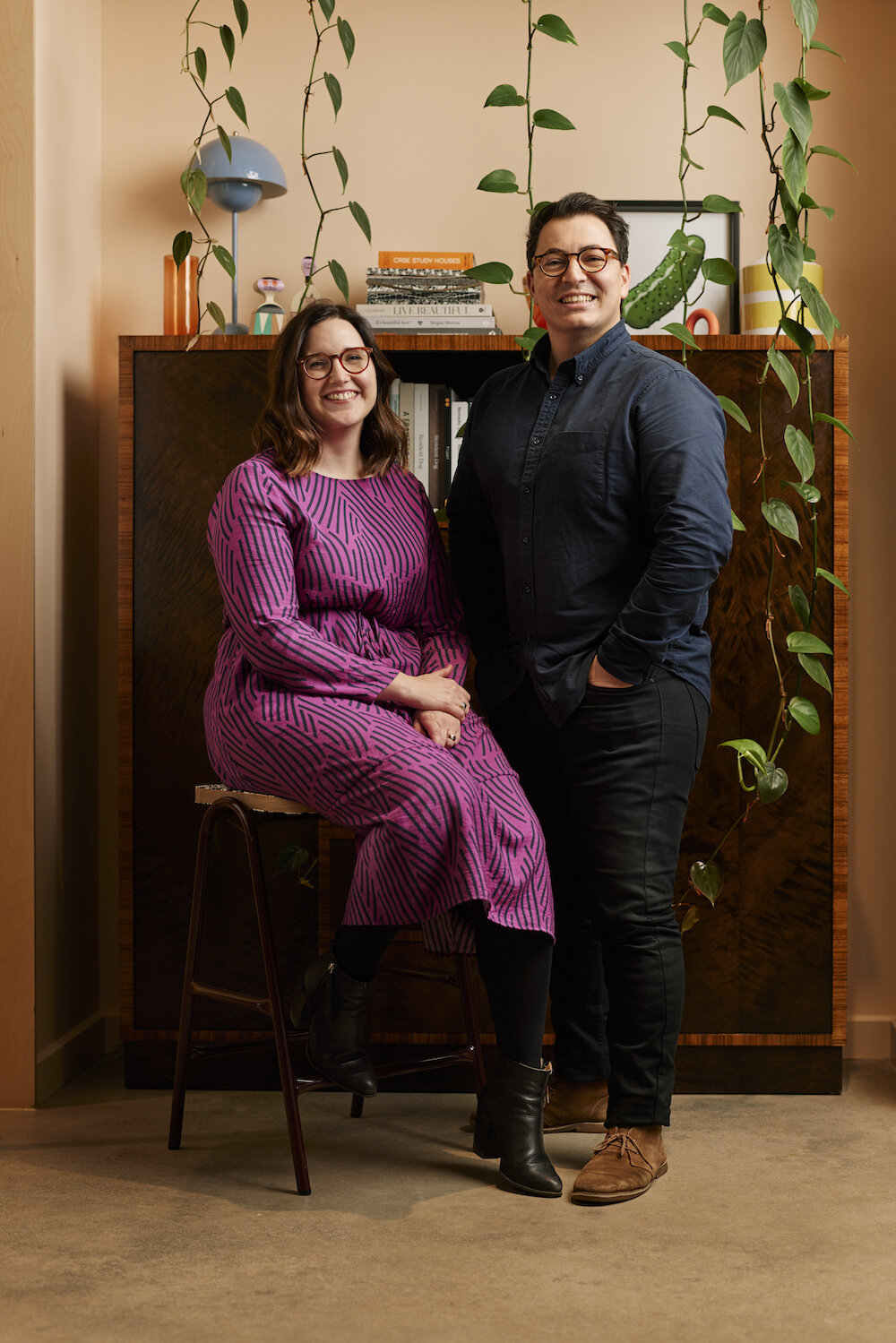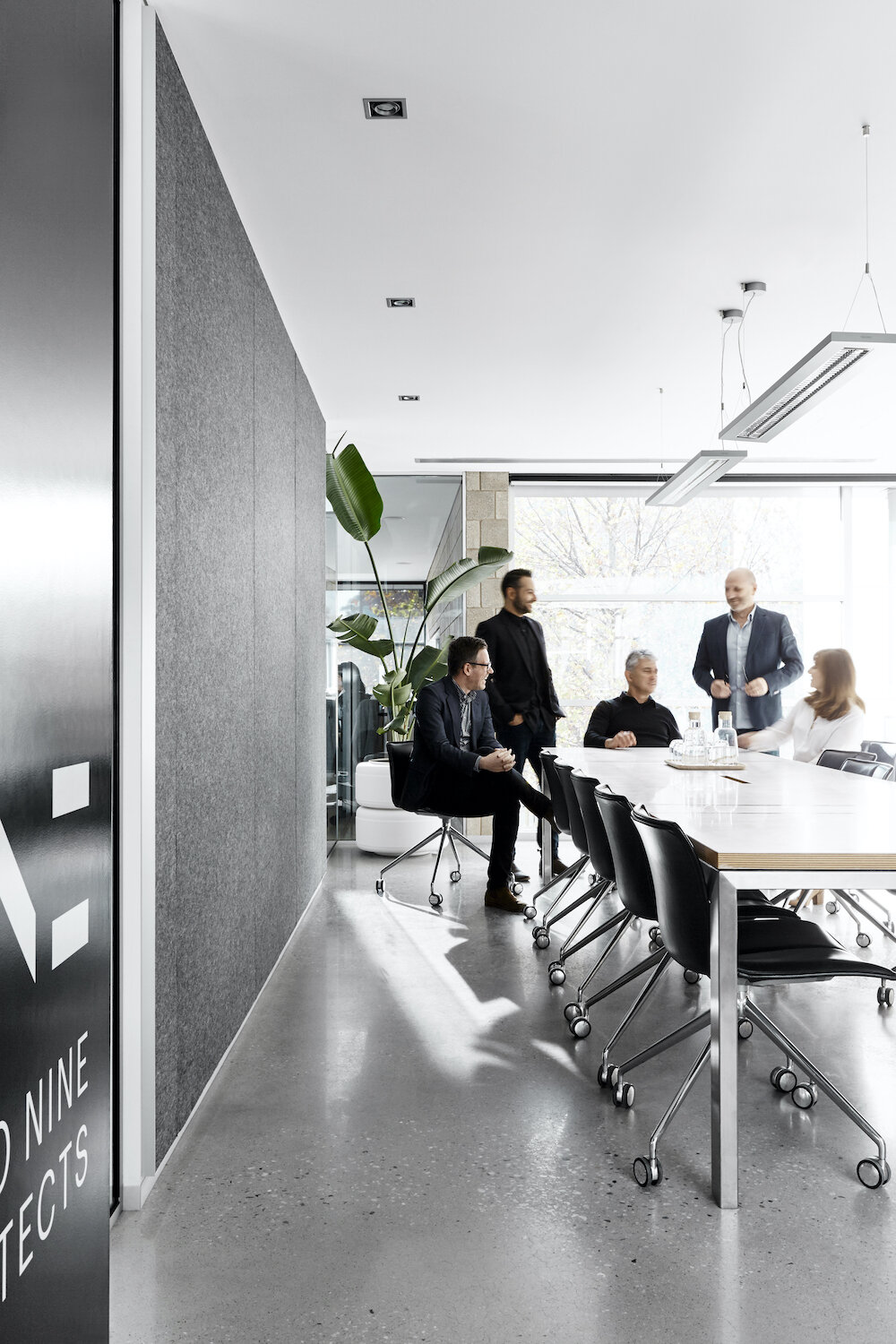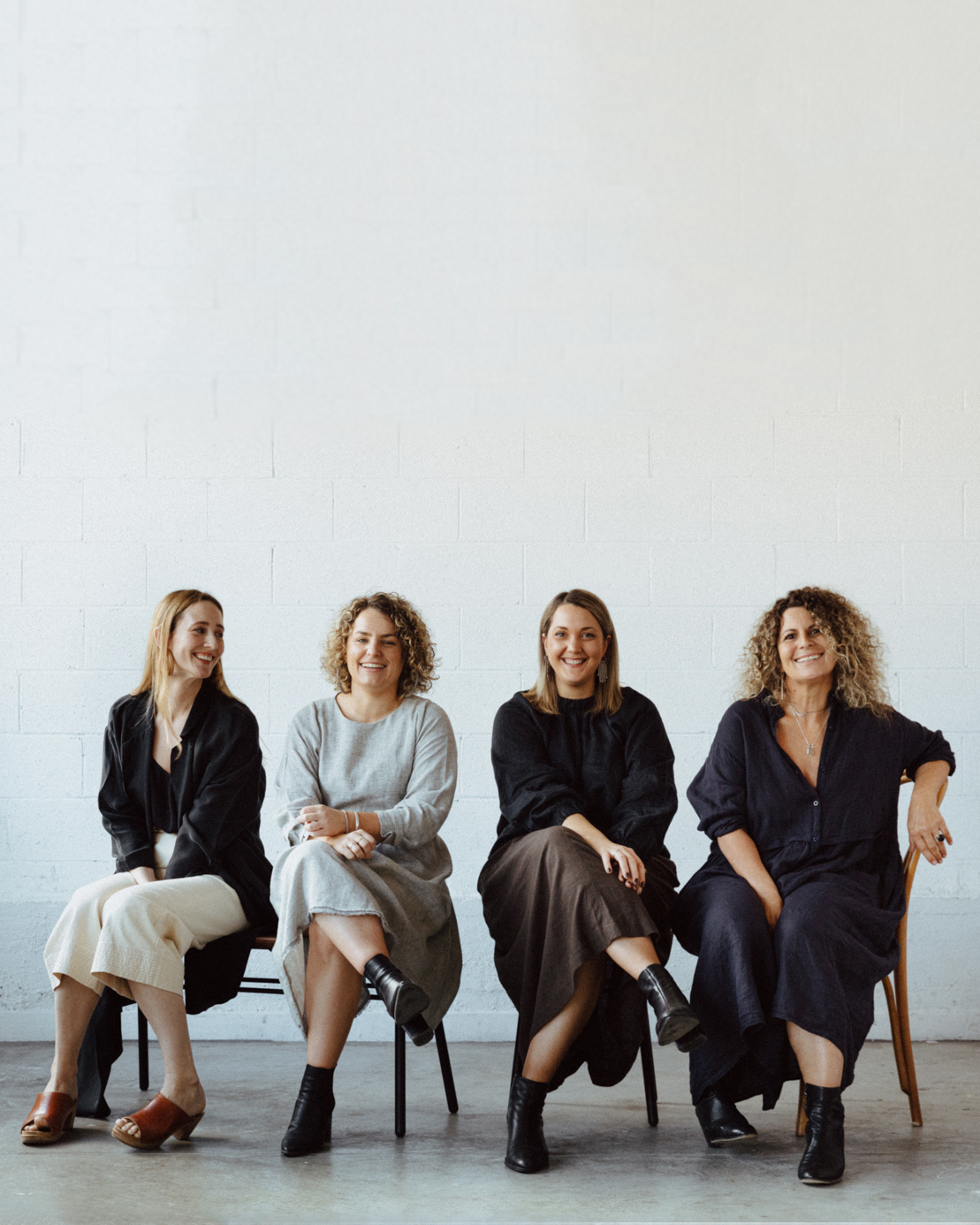Feature... New Forms, New Futures
Escapod by Das Studios. Photographer: Sam Noonan.
Words by Dr Nathan James Crane
Nathan is a design thinker, writer and educator.
Sitting down to write a story on the happenings of the design industry in South Australia, I must admit I wasn’t sure where to begin. Design is just one area of the creative industries that has experienced an array of impacts in the material supply to immense booms in private sector investment and interest.
Notwithstanding the impact that the pandemic has had, or perhaps in spite of this global dilemma, I wanted to understand the role design will have in reimagining the future.
I spoke with three design studios in Adelaide to get their thoughts on how current social events are impacting their practice, and if design as a discipline has a part to play in creating new ways to anticipate and respond to the ever changing social landscape.
In a constantly shifting world, now is a good time to ask the question: what next?
DAS STUDIO: A DESIGN (RE)SET
It is evident that the spirited directors of Das Studio, Sara Horstmann and Dino Vrynios, are no strangers to thinking about the future. In fact, the husband and wife duo have built an entire program of events (suitably named Future Forum) to promote design-led conversations about what is on the horizon.
The studio, which is still comparatively young, saw the pandemic last year as a chance to reflect on their rapid evolution, ‘what became apparent was that sometimes you just need to pause and take a more global look at what you are doing’, said Vrynios.
When asked about what they believe one of the main themes for the future will be, I was met with an ardent response: ‘the future of everything is about navigating complexity’.
Looking to the future of their own practice, Horstmann highlighted one of the ways Das tackle this complexity, ‘a lot of the projects that we are working on are modular construction in which we are building-in rules for ourselves. When you have a formula, it takes the guess work out of the process and creates more room for being creative [with the outcome].’
My interest peaked at this point in the conversation, as this kind of approach has often been critiqued, as Vrynios continued, ‘there’s a reluctance to do this [systemise], because it might be seen as a relinquishing of control, but in fact it’s actually empowering. It means that we are reclaiming where we are most valuable, which is in design.’
‘We have given ourselves the license to think differently. We use our process to manifest a built outcome that is for the client. You don’t come to us for a particular style, you come to us for a process.’
One of the biggest takeaways for the pair appears to be the change in mindset that clients have embraced, ‘with so much rapid change and disruption, people have a new level of comfort for thinking differently. It’s been interesting for us at a time when we represent an alternative and different ways of delivering built outcomes.’
Dino Vrynios and Sara Horstmann of Das Studios. Photographer: Josh Geelen.
STUDIO NINE ARCHITECTS: FROM TRANSACTIONAL TO TRANSFORMATIONAL
Speaking with Studio Nine Architects' Andrew Steele, it’s evident that there has been a fundamental shift in their mindset and strategic business model. S9 are challenging the status quo by asking the question: why can’t we do something different? The value of collaboration and partnerships to achieve this soon became the focus of our discussion.
Some of S9’s most recent work including the Calyx Project with social enterprise Forage Built, an architectural partnership with XFrame (a new light-weight construction technology, eliminating the reliance on traditional timber framing) and a collaboration that instigated Steele’s other project, Assembly Three, signal a pivot in the studio’s direction for the future which not only focusses on - but actively seeks out - local partnerships.
‘Our relationships within South Australia are really important. We feel that we now have the opportunity to demonstrate the power of these partnerships, such as those in the Calyx Project, which have the potential to influence and lead national programmes.’
Another partnership that Studio Nine have led the charge on is their new line of wall cladding profiles, aptly named the NINELINE range. They are the first architectural studio to develop a dedicated product line with a manufacturer, a point that they hope will encourage other studios to also seek out these opportunities.
The shadow of the state’s past conservativism was also discussed, which Steele believes is overdue to be challenged, ‘I think a level of entrepreneurship is really important for practice now, with a thirst and desire to do things differently. Designers have a set of other skills that can be used to question why things have been done the same way for so long’.
During the close of our conversation, there is also a sense that the design industry has the opportunity to be more philanthropic now and into the future, ‘we want to do work that is less transactional and more transformational. Our aim is to seek out great partnerships to do meaningful work’.
The Directors of Studio Nine Architects. Photographer: Jenah Piwanski.
FABRIKATE: RETREAT, CREATE AND RESTORE
A magnificent weaving on the wall behind Kate Harry, Director of Fabrikate, set the scene for the dialogue she and I had about the nature of her studio’s bespoke residential work, which is underpinned by craftmanship, compassion and intimacy.
Harry, who prefaced our conversation with an unassuming disclaimer that she ‘feels’ a lot more about design than she can sometimes articulate, spoke about the impact the past 18 months has had on her team’s ability to regularly creatively recharge. ‘In terms of designer self-care, we have taken measures in our studio to give massive amounts of flexibility to our staff. There is a lack of ability to reenergise ourselves, in design we need to be inspired. That cycle has been a challenging one for our studio. It’s just a change in the way things evolve and influence us.’
Encouragingly, long lead times and supply issues from interstate and overseas suppliers has created the opportunity to collaborate even further with local makers, such as JamFactory. ‘Things are going to be more localised. I think there is a lot more collaboration happening in South Australia. We are looking locally for product and have made a concerted effort to do that even more.’
It became clear that the social power of design is something top of mind for Harry, who continued, ‘we are not just responding to the pandemic, we are responding to the climate, and humanitarian situations. We are desperately looking as designers for ways to deal with all of these challenges. As residential designers, we’re about creating retreat from this. We are looking to create spaces where people can come home to assess, retreat, create and restore.’
Reflecting on all of these conversations, there is a common thread: design is in a moment of deep reflection and realignment towards things that matter. Each studio expressed a desire to do more, to think differently, and to enact change in both process and outcome towards a next normal that is still revealing itself at each new day.
The Fabrikate team. Photographer: Jonathan van der Knapp.




